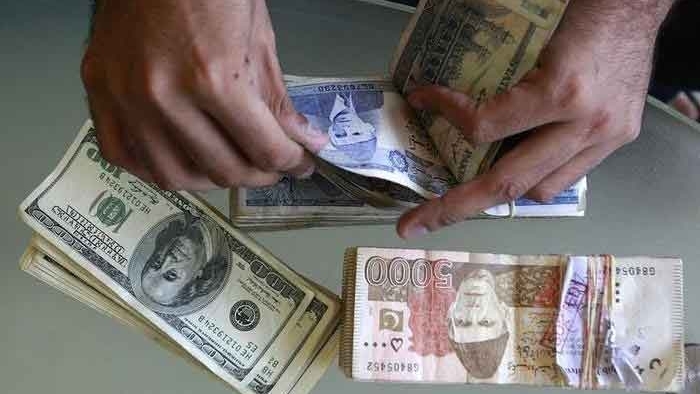In view of the high dollar demand for import payments ahead of fiscal year-end, traders say that the local currency is expected to remain on the back foot in the next week. The local currency was volatile, having swung between 200.06 to a new record low of 202.83 per dollar during the outgoing week. It closed at 202.35 to the dollar on Friday.
The rupee dived as a relentless surge in global crude oil prices raised concerns about a sustained rise in imported inflation and widening current account deficit, while fast-depleting foreign exchange reserves were also hurt.
“The local unit is likely to remain volatile in [the] coming sessions owing to persistent high dollar demand for import payments. This volatility can be explained by fiscal year-end position adjustment by banks and corporates,” said a forex trader.
“We expect the rupee to weaken further in [the] days ahead,” he added. “The decline in remittance inflows is also not a good development for the currency as it aggregates pressure on the external account.” The remittances dropped by 25.4% month-on-month to $2.3 billion in May.
The country is facing a balance of payments crisis with the central bank’s foreign exchange reserves falling to $9.2 billion, enough to cover 1.35 months of import payments, as well as double-digit inflation.
“The measures announced in fiscal year 2022/23 will set the direction of the rupee as the market is looking at how the government will implement fiscal consolidation steps unveiled in the finance minister’s budget speech to resume the stalled $6 billion International Monetary Fund (IMF) programme,” said another trader. The government has presented a budget for next fiscal year aimed at curtailing fiscal deficit and securing funding from the IMF.
The key objectives of the budget are reduction in fiscal deficit, maintaining primary balance at sustainable levels, mobilisation of resources to expand tax base, protection of social sector by supporting lower/middle class of the society. The government has set gross domestic product (GDP) growth target at 5% for FY2023, lower than 5.97% achieved in the outgoing year










